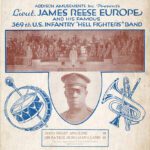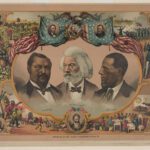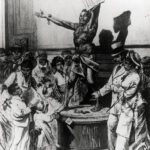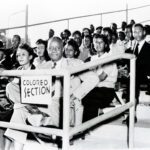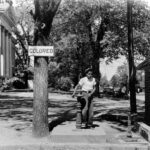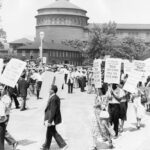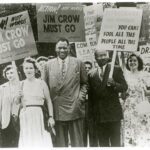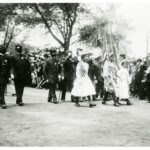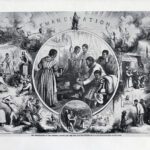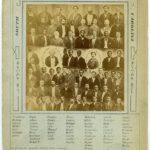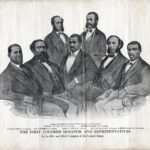
The intrepid abolitionist Frederick Douglass famously wrote, “Once let the black man get upon his person the brass letter, the U.S., let him get an eagle on his button, and a musket on his shoulder and bullets in his pocket, there is no power on earth that can deny he has earned the right to citizenship.” Douglass was familiar with the ancient Greek and Roman Republican tradition that all male citizens must be willing to risk life and limb from the city. In the Greek poleis (city-states), all males who served in the Ekklesia (Assembly) were voting citizens. Slaves did not fight or vote. In Rome, all landholders fought in legions and voted. The landless and slaves did not fight or vote. This is the prime reason the U.S. did not allow Blacks to fight in the Army until the Civil War and the Confederacy would not allow slaves to fight for their freedom in the Confederate Army until the last days of the war when all was already lost.
After the shots were fired at Ft. Sumter in April 1861, Douglass began to strongly lobby the Lincoln Administration to include African Americans in the Union Army. This pressure, commensurate with Douglass’ demands for the instant abolition of slavery, continued as the Army fought on. Douglass knew including Black soldiers in the Union Army would significantly contribute to the Union War effort and African Americans’ struggle for freedom.
Eventually, 160,000 African Americans served in the Union Army, fighting to end slavery and becoming full citizens of the United States.
After the Civil War, some African Americans remained in the service.
In 1866, the Army Organization Act created six all-Black cavalry and infantry regiments from Civil War veterans that became known as the Buffalo Soldiers. They were commissioned to help control the indigenous tribes of the Plains, capture cattle rustlers and thieves, and protect settlers, stagecoaches, wagon trains, and railroad crews along the Western Front. The Army mustered the 9th Calvery in New Orleans, Louisiana, in the summer of 1866. The soldiers trained during the winter and were sent to San Antonio, Texas, in April 1867. There, they most of their officers and a commanding officer, Colonel Edward Hatch. The Army had to train those inexperienced with frontier fighting. In addition, most were uneducated, recently emancipated soldiers of the 9th Calvary. The regiment proved ready to face anything when they were ordered to the unsettled landscape of the West Texas frontier. They protected the road running from San Antonia to El Paso.
The 10th Cavalry was billeted in Fort Leavenworth, Kansas, and Colonel Benjamin Grierson commanded them. The regiment took longer to organize because Grierson wanted more educated men and because there was a cholera outbreak in the summer of 1867. The regiment went to Fort Riley, Kansas, and was tasked with protecting the Pacific Railroad, which was then under construction.
The Buffalo Soldiers were famous warriors during the Indian Wars. They charged up San Juan Hill in Cuba with Teddy Roosevelt’s Roughriders during the Spanish-American War. They protected the hostile Mexican border during World War I and fought in the Second World War.
For more information about Buffalo Soldiers, see: https://www.history.com/topics/19th-century/buffalo-soldiers
New Jersey Student Learning Standards
- Visual Arts: 1.5.8.Pr4 a: Investigate and analyze ways artwork is presented, preserved, and experienced, including use of evolving technology. Evaluate a collection or presentation based on this criterion.
- 6.1.8.HistoryUP.5.b: Examine the roles of women, African Americans, and Native Americans in the Civil War
Curriculum
- 3 Sections
- 3 Lessons
- Lifetime
- Stage 11
- Stage 21
- Stage 31
Lesson Materials:
| Name | Type |
|---|
